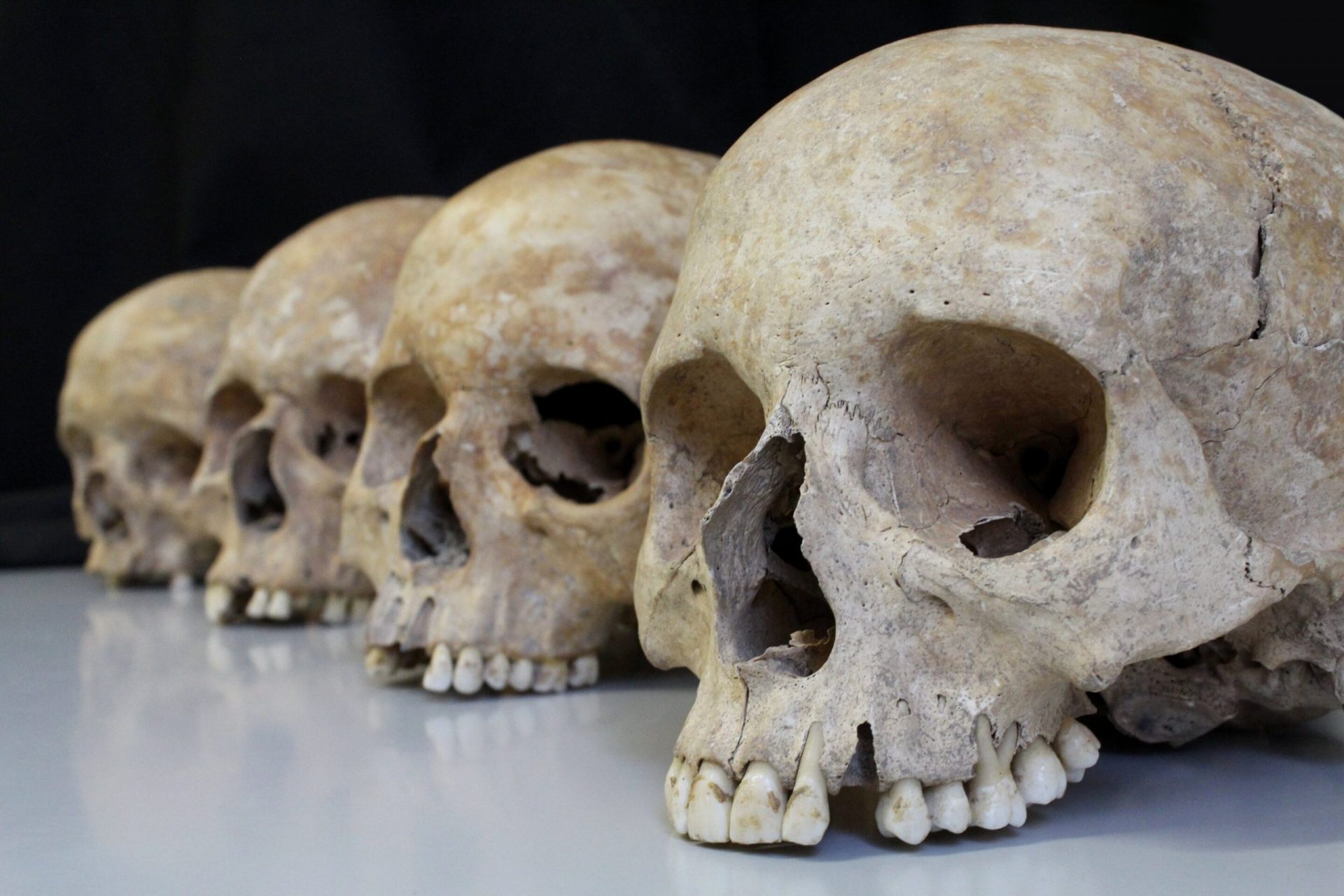Genetic kinship analyses of human bones can be limited when DNA preservation is poor or destructive sampling is not possible. However, new research reveals that even in such cases, non-destructive comparisons of the structure and shape of certain skeletal parts can provide detailed information about relationships.
This groundbreaking study was conducted by an international research team led by Dr. Hannes Rathmann and Professor Katerina Harvati from the Senckenberg Center for Human Evolution and Paleoenvironment and the Institute for Archaeological Sciences at the University of Tübingen.
The team analyzed extensive genetic and skeletal datasets to explore how human genetic diversity worldwide is reflected in the structure and shape of skeletal parts. The researchers found that certain dental and cranial elements yielded the best results, indicating their potential for non-destructive analysis. However, they also discovered that some elements performed significantly better than others, likely due to their unique evolutionary history.
This fundamental research has important implications for future archaeological and forensic investigations, providing a more robust approach when DNA analysis is not feasible. The study has been published in the prestigious journal PNAS Nexus.
Skeletal elements reveal diverse evolutionary forces
Human skeletal morphology exhibits remarkable diversity among individuals and populations worldwide. This diversity is the result of complex evolutionary forces acting over an extended period of time. “Evolutionary biologists categorize these forces into two distinct processes. The first is a neutral process, where mutations generate new diversity that does not directly impact individuals’ advantages or disadvantages. This new diversity then randomly increases or decreases within a population through genetic drift,” explains Rathmann.
“In contrast, non-neutral processes occur when mutations affect an individual’s fitness, resulting in greater or lesser adaptability to environmental factors,” he adds. To draw accurate conclusions about genetic kinship, Rathmann emphasizes the importance of using skeletal elements that have evolved through neutral processes.
In their study, the team focused on teeth and skulls, which are believed to have primarily evolved through neutral processes. “Contrary to previous assumptions, not all features in teeth and skulls reliably reflect the underlying genetic code; some are much more suitable than others,” Rathmann notes.
Small morphological features on teeth, such as groove patterns, cusps’ number and size, root shape, and the presence or absence of wisdom teeth, proved to be particularly informative. “However, we achieved the most accurate results, almost identical to conventional genetic relationship analysis, when we considered all features of the skull and teeth,” he adds. “This is expected, as more skeletal features provide a richer understanding of underlying genetic information.”
A non-destructive alternative
Katerina Harvati, the senior author of the study, highlights the significance of these findings. “The results enhance our understanding of the origins of human skeletal diversity and hold promise for various applications in archaeological and forensic investigations.” Genetic analyses are often limited by poor DNA preservation, especially in very old bones or those exposed to warm climates. Additionally, damaging bones for DNA analysis is often impractical due to fragility, rarity, or ethical concerns.
“In such cases, non-destructive examination of skulls and teeth provides a valuable alternative for tracing population history in archaeological contexts or inferring ancestry profiles in forensic cases. This work has important implications for the scientific community and society as a whole,” Harvati concludes.
,,,








